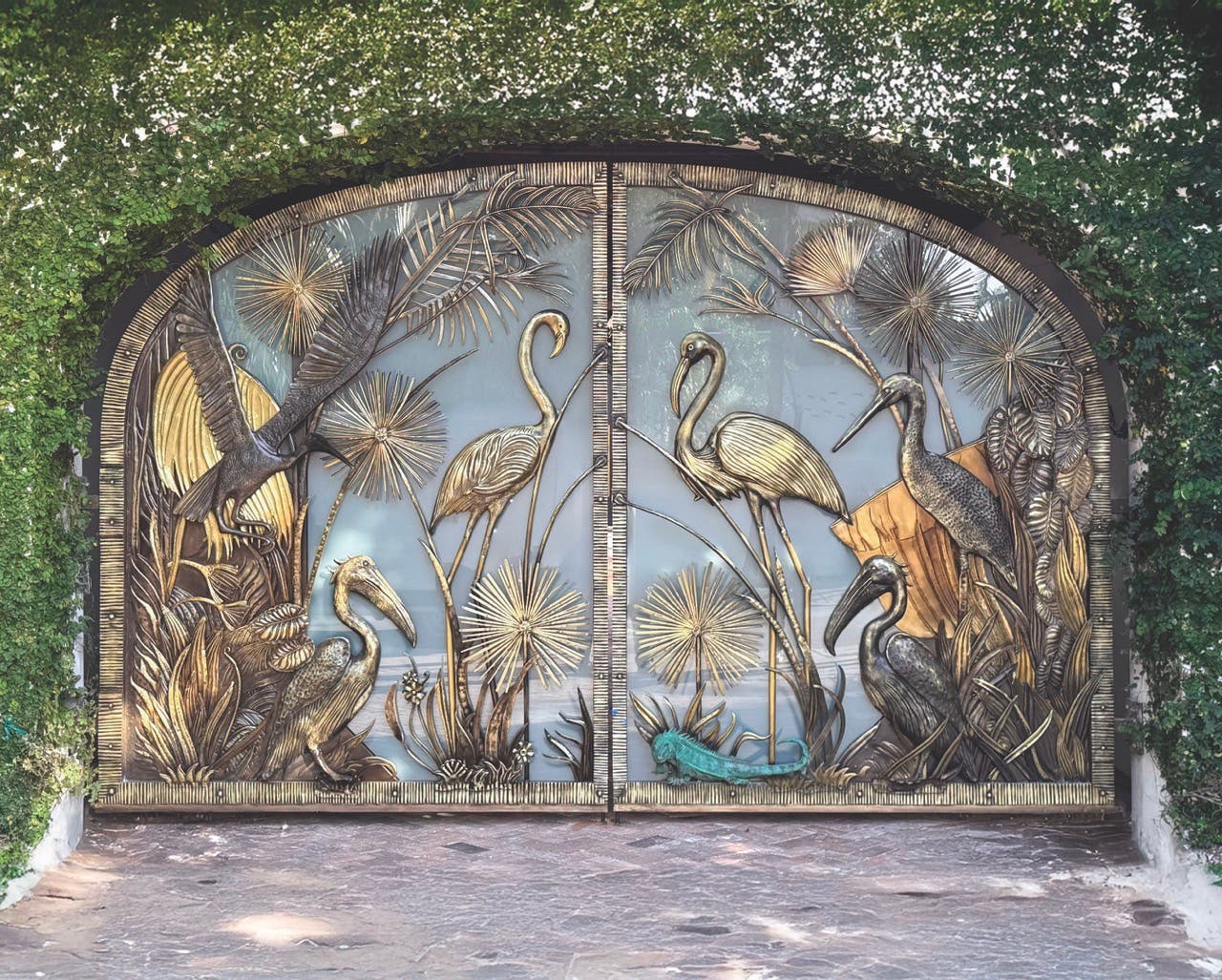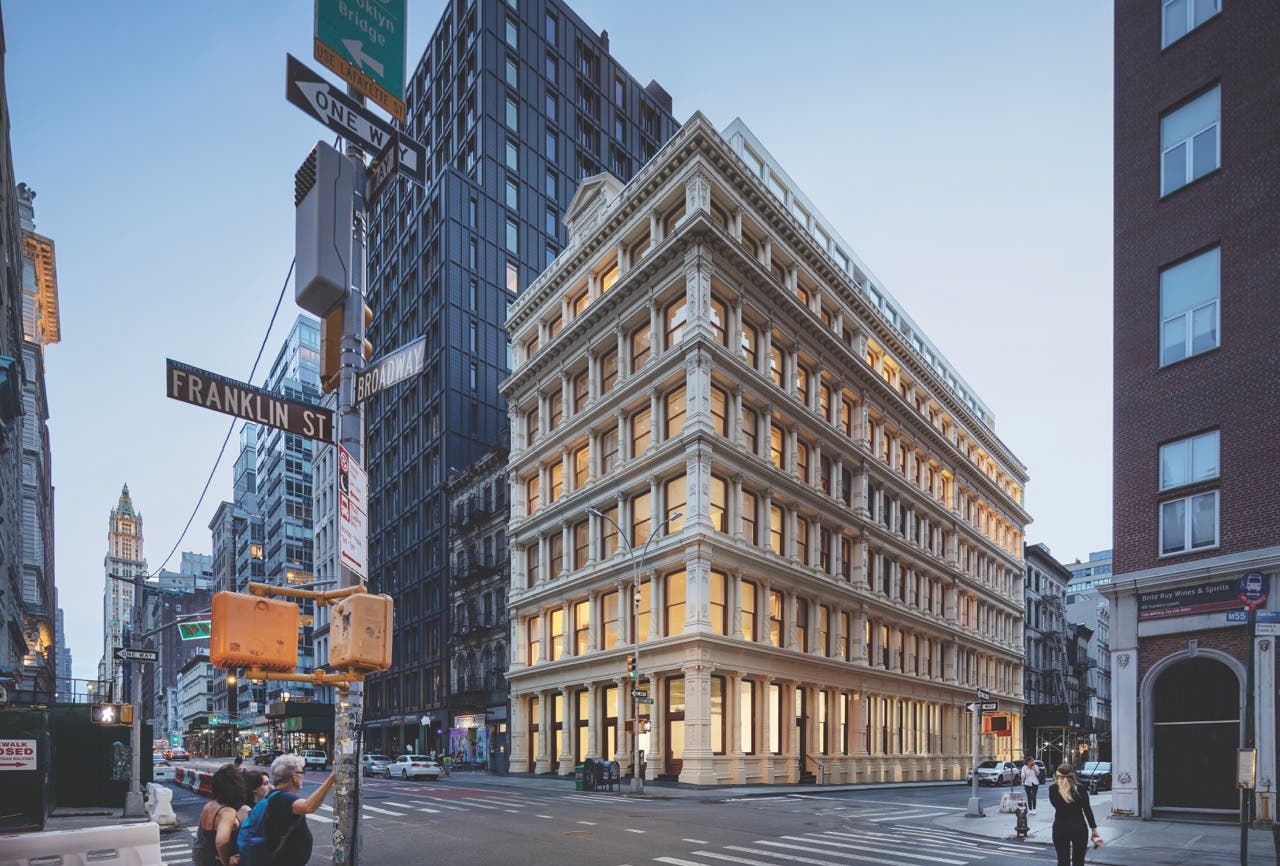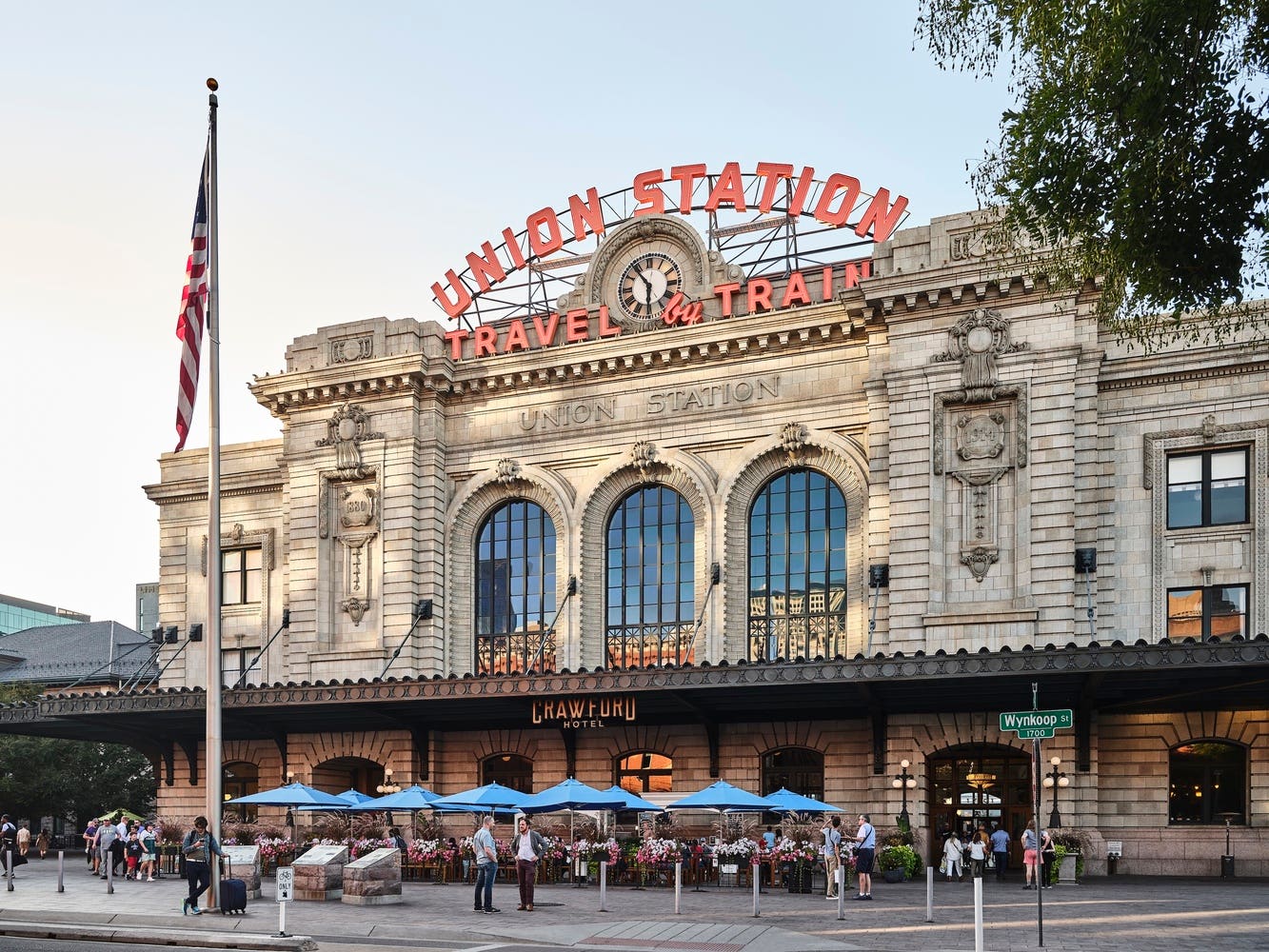
Features
Book Review: Angels of Paris
As an Amazon Associate, we earn from qualifying purchases made through affiliate links.
Angels of Paris: An Architectural Tour through the History of Paris
by Rosemary Flannery
The Little Bookroom, New York, NY; 2012
229 pp; hard cover; numerous color photos; $19.95
ISBN 978-1-936941-01-8
While it is true that much of the architectural grandeur of Paris is exemplified by monumental structures with heroic proportions, such as Notre Dame, Place de la Concorde, the Louvre and the Eiffel Tower, Rosemary Flannery encourages us to read history, accept guardianship and blessings and delight in the modest details of angelic architectural ornaments – large and small – found throughout the city. Angels of Paris is an architectural tour written by American expatriate artist, Rosemary Flannery. Exploring the history of the city synonymous with art and enlightenment through an artist's lens aimed at angels expressed in a myriad of artistic media will delight all kinds of Traditional Building readers.
So, why should busy architects, builders, artisans, landscape architects, city planners and artists read this book? The petite book features detailed images of angels, and contextual photographs of the building or structure where each angel is found. Flannery has applied the skill of an artist and illustrator to her photographs. The lighting, shadow lines and advantageous angling of her lens illustrate the details so that the viewer will savor both the angels and their settings.
Whether strolling the Paris boulevards with book in hand or reading it in your favorite armchair by the fire at home, this book will transport you to each site depicted in the book. The author writes a careful description, discusses the image and its theme as well as the artist who created the angel, if known. She also notes the date of the building where the angel resides, and then discusses historical significance and often the current use of the property. Flannery's book devotes a page or so to each angel but the author digs deeply by noting salient features, artistic medium and brief anecdotes that convey the larger context of how history has played out among the angels of Paris.
The chapters are organized around the 20 arrondissements, or districts, of Paris. Flannery notes metro stops and streets to enable and embolden readers with short forays into the vast city in search of history and heavenly architectural ornament. The book was borne of the author's wanderings in Paris-walking and jogging throughout the city that she now calls home.
Finding the right light, the right lens and the right moment to capture the essence of artistic intent or message in each angel was a logistical challenge. Flannery explains that the hardest angel to photograph was the Armed Peace Angel in the Parc Montsouris. It was this angel that first inspired her to study the angels of Paris. The reader will find four images in the book of the cherubim based on the warrior angels east of the Garden of Eden. Flannery explains that she went to the park one morning just after sunrise and the park's opening to get one of the images; the moon is still visible in the background.
While reading this book, I found the images of angels that had been damaged fraught with history and illustrative of the strategy of historic preservationists to let a building and its ornament tell its history honestly. For example, the author reports that the Angels of the Assumption, dating from approximately 1325, on the Notre-Dame cathedral speak volumes to her about the changing attitude toward the Church by Parisians.
Sculpted in Medieval times to honor the death and assumption of Mary, when apostles were summoned to her deathbed, the angels were bludgeoned during the French Revolution when angry mobs struck out at the power of the Catholic Church. While some of the faces have been lost; one can envision them. They have embraced their loss, are still there to comfort us and amidst their damage, to tell us their full story and the city's. Restoring them and conjecturing about lost detail would destroy their value and their truth.
The book celebrates religious images, mythology, civic grandeur, artists and ordinary life with 70 angels. The angels of Nicholas Flamel document the story of a philanthropic lawyer who provided room and board for laborers in exchange for daily prayers for the poor and the deceased. The Macaron Angels celebrate an acclaimed pastry chef named Bourbonneux. Virtually every architectural style from Gothic to Art Deco has an angel.
Flannery moved to Paris in 1989 and maintains dual citizenship in France and the United States. Her book is currently available only in English; we would encourage the author to get it published in French and other languages to increase its reach to the French and other non-English speaking nations.
She should consider a coffee table size edition as well; her photographs are detailed richly and would work well in a larger format. The current edition is great for travel – compact with a sturdy hard cover. Flannery offers a menu of tours on her website, www.passport-to-paris.com and she can design custom tours as well. The author may be reached at rosemary.flannery@orange.fr.
Judy L. Hayward spends her days pursuing a passion for historic architecture and the ways in which it can be reused to sustain and grow healthy communities. She develops courses in partnership with builders, architects, traditional craftspeople and others to teach both historic preservation and traditional building skills. She has one foot in the nonprofit world as executive director of Historic Windsor and the Preservation Education Institute and the other foot in the world of media and information services as education director for the Traditional Building Conference Series and Online Education Program.








